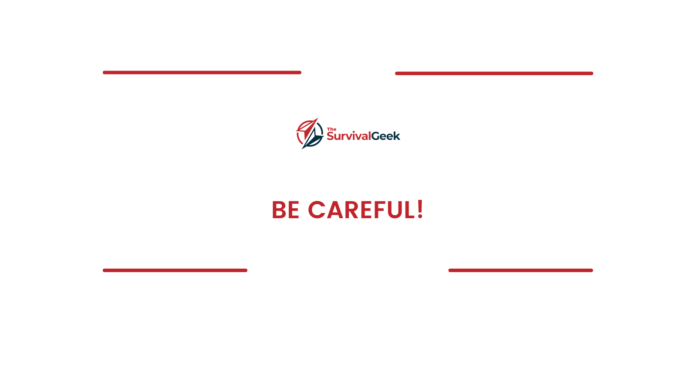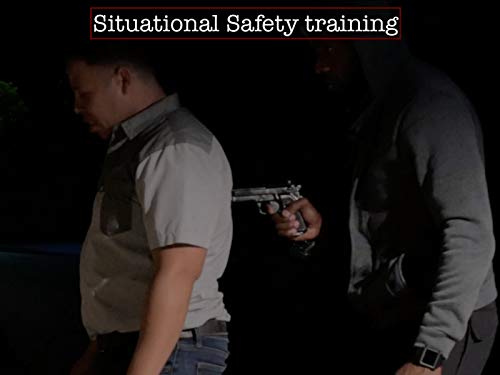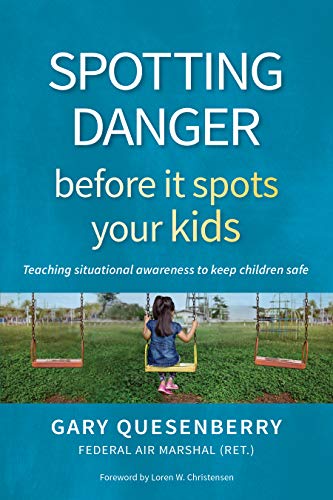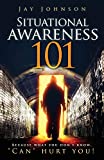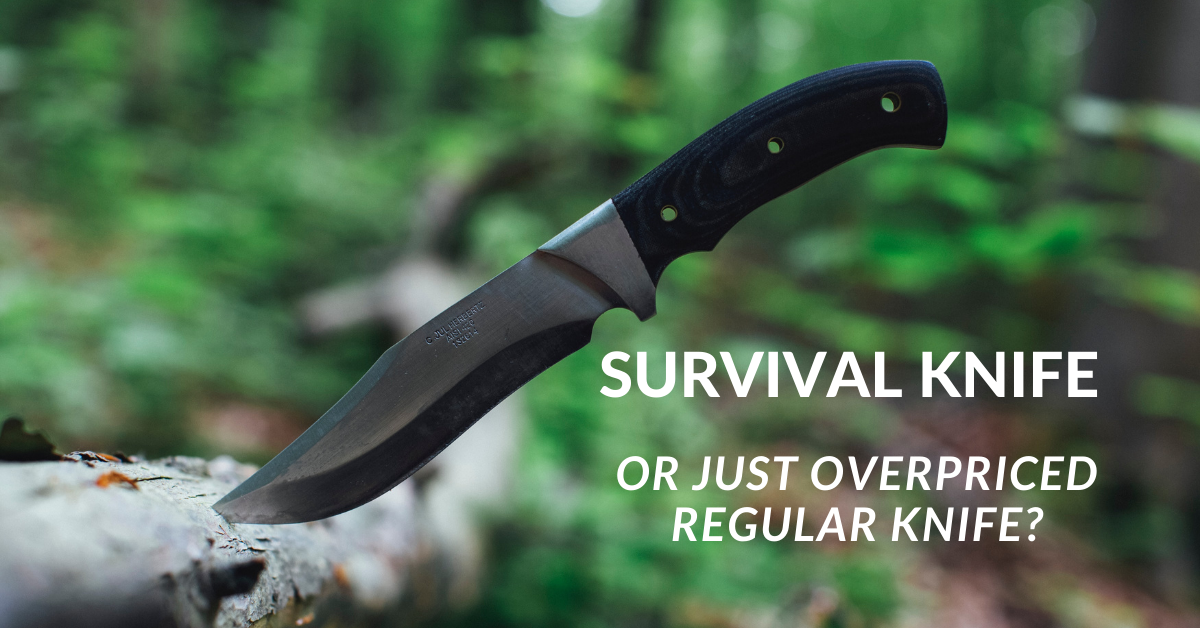Situational awareness training is the observation and actions within your perception of environmental elements and events, as well the comprehension and assessment of their meaning, to evaluate the possibilities of the future status of threat, and how to deal with what might occur.
What is Situational Awareness and how did it start?
Situational Awareness can be as simple or as complex as needed. The more you train, the better you will become at accessing safety in any situation. Most people don't understand that the ability to defend yourself in a life-threatening situation starts long before you touch a weapon. Sometimes, it's not even about dealing with an attacker but dealing with a crisis with nature, or an unforeseen mechanical malfunction. There are elements even within a business.
Get this Amazon Prime Video Series on Situational Safety
Situational Awareness is literally as old as mankind. Our ancestors had to be aware of their situation to find food and take steps not to be attacked or killed by other humans or predators. But the modern version was coined in the '50s by the USAF war theorist Col. John Boyd. with his now-famous observe-orient-decide-act loop also known as the OODA loop. Simply, the OODA loop is the cycle observe–orient–decide–act.
It is the observation of a possible combat situation and to take the steps to ensure the best outcome. Although it has a military strategy to it it's something that in day-to-day life in a very simple manner can be very helpful, but the challenge is how to implement it in the best possible way.
Learning Situational Awareness
There are many ways to learn situational training, all it takes is Google and YouTube. Several YouTube videos teach various levels from beginner to hardcore Marine and Seal tactics and there are some schools that one can attend for a weekend to up to several weeks.
One of the better manuals is the recently published one.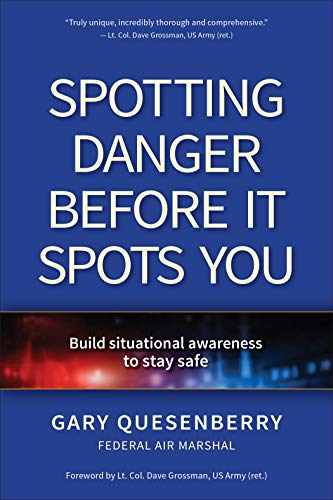
How to teach Situational Awareness to a child
Take a child and say “Look at everything in the room, and when you come back we're going to play a game. You have to find what's different.” Take the child out of the room, and put something like a large teddy bear or some crackers that the child likes and put them in an obvious place where they can easily find them.
This will begin teaching the child to look every time they go into a room or something different. As time goes on make it more difficult. using smaller items as the child grows.
Learning Situational Awareness as an adult
But what if you're an adult and you don't have any teddy bears? An easy way to start learning is to take a picture of your street. Chose about three or four angles, put it away with a list of smells, things you heard, like voices, or jackhammers or birds.
The next day goes to the same positions and takes three or four pictures again. Then sit down in a journal and write all the ways and all the things that are different, from smells to sounds, and things on your street. Try to make the list as comprehensive as possible from what you remember from the previous day. Then to pull out the pictures and look at them and compare them and look at your list. Did you find all the things that were different?
The patterns of difference are important. What decisions would you make? If there's was construction, would you walk a different route? These simple assessments can start to train your mind and body to be aware.
If you have a cat this is a wonderful game to play especially with a child. Where can the cat hide in your house to come out and attack you? Now extend when you are out in the world, where are two places that you go where could a gunman hide to come out and attack you? Behind a car, a tree, a pylon?
Another aspect of situational awareness is knowing where all the exits are and can you get to them and are they truly exist. A door that looks like an exit but has chairs and obstructions in front of it may not be the best choice, even though it's closest to you is a window and exit is it wide enough to get through is it easy to climb to. Can you exit, by moving something?
These simple observations in everyday life can prepare you for a difficult situation that can be life-threatening. A famous example of situational awareness happened about 25 years ago in Boston. It was a lovely day people were out having fun on a Boston duck boat, looking at all the wonderful touristy things. Suddenly, the duck boat went into the water.
Unfortunately, there was a malfunction on the duck boat and it started to sink with a canvas canopy and a boat full of panicking tourists, this was not a good situation. But a Marine who is quick on his feet and obviously good at situational awareness pulled out a knife and quickly slashed the overhead canvas making an escape route for everyone.
He was able to not only escape but help numerous other people escape. This could have been a disaster with people stuck drowning underneath the canvas, but running with his knife towards the front became just a wet day in Boston Harbor. In these violent times with random shooters assaulting people it's wise to know your surroundings know your escape routes and know where you can be trapped and nowhere someone might hide.
The advantage was situational awareness is you can take the level of observation assessment and reaction and to whatever level you wish. As we send our children out into the world teaching them to be observant of exits can literally save their lives in a school shooting situation.
Children knowing where they can hide or stay safe, or run to an exit, even if they are very young can be a good thing. We all hear of the people who have to sit with their back to the wall so they can see everything but are they really observant or is it just cool sometimes, you can observe more by observing other people's reactions.
Situational awareness is as old as time, and still a vital part of our lives.






